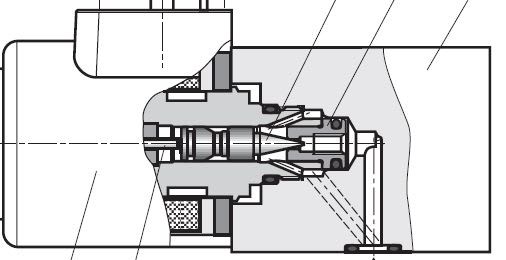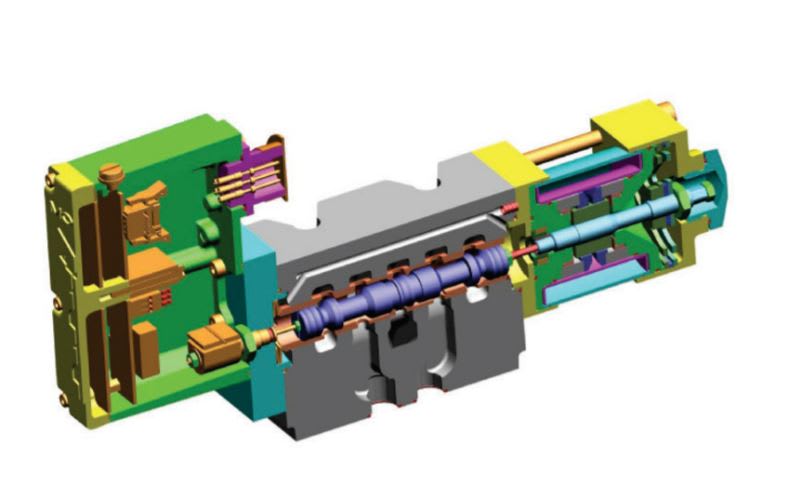PNachtwey
Electrical
- Oct 9, 2004
- 778
The abstract.
This document cost money and I don't know if it covers what I am interested in. The title is not very specific.
I need to know if it covers hydraulic servo valve testing for generating Bode plots.
I am hoping someone would know. Otherwise I will need to do more digging or just buy the document and take a chance.
I see nothing in the table of contents that mentions servo valves or Bode plots. I would think these topics would be in the table of contents if this information was covered.
I do see topics such as pressure reducing valves and pressure relief valve but that is not what I am interested in.
Why mention pressure pressure reducing valves and pressure relief valves and not servo valves unless servo valves are not covered by this document.
If there is no specification for testing hydraulic servo valves then the servo valve manufacturers can make up any data or specifications they want and the user won't know the difference.
I am going to write an article about testing servo valves for "Hydraulics and Pneumatics" magazine. I/we have recently got involved with servo valve testing. However, I have issues how servo valves are tested from the standpoint of motion control needs. Unless I am wrong, I have come across a big problem when it comes to rating valves that are use for servo control.
Is there a standard for testing servo valves so company A's servo valve can be compared with company B's servo.
So the questions I have are "are the ISO tests, if any, flawed?". This would affect how engineers should interpret the data they are given by the manufacturers.
Peter Nachtwey
Delta Computer Systems
IFPE Hall of Fame Member
This document cost money and I don't know if it covers what I am interested in. The title is not very specific.
I need to know if it covers hydraulic servo valve testing for generating Bode plots.
I am hoping someone would know. Otherwise I will need to do more digging or just buy the document and take a chance.
I see nothing in the table of contents that mentions servo valves or Bode plots. I would think these topics would be in the table of contents if this information was covered.
I do see topics such as pressure reducing valves and pressure relief valve but that is not what I am interested in.
Why mention pressure pressure reducing valves and pressure relief valves and not servo valves unless servo valves are not covered by this document.
If there is no specification for testing hydraulic servo valves then the servo valve manufacturers can make up any data or specifications they want and the user won't know the difference.
I am going to write an article about testing servo valves for "Hydraulics and Pneumatics" magazine. I/we have recently got involved with servo valve testing. However, I have issues how servo valves are tested from the standpoint of motion control needs. Unless I am wrong, I have come across a big problem when it comes to rating valves that are use for servo control.
Is there a standard for testing servo valves so company A's servo valve can be compared with company B's servo.
So the questions I have are "are the ISO tests, if any, flawed?". This would affect how engineers should interpret the data they are given by the manufacturers.
Peter Nachtwey
Delta Computer Systems
IFPE Hall of Fame Member


